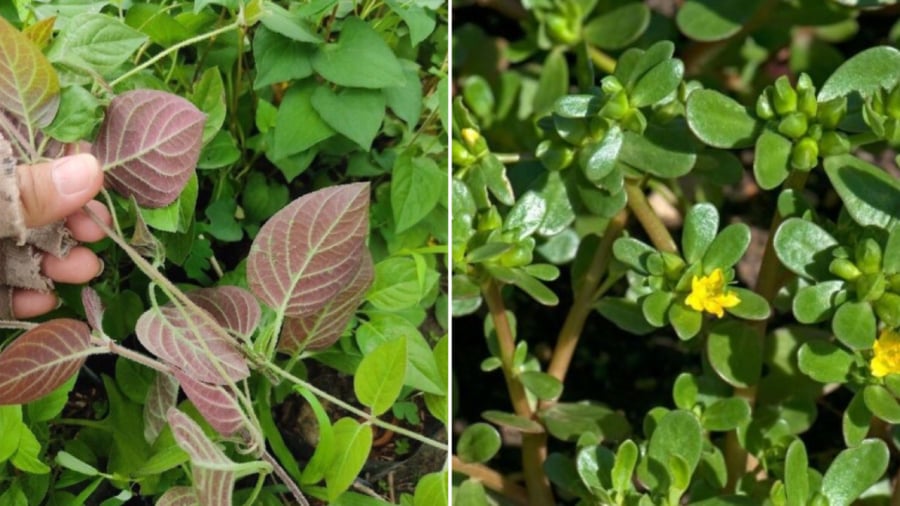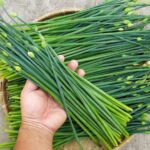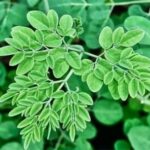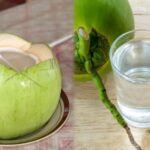Vietnamese Coriander Leaves
Vietnamese coriander, or mơ lông, is a wild-growing herb abundant in Vietnam. The leaves of this plant are edible and offer numerous health benefits.
Vietnamese coriander leaves are considered a valuable medicine, effective in treating various ailments such as bacillary dysentery, indigestion, and stomach aches.
These leaves can be consumed raw as a garnish or cooked with eggs, soup, and other dishes.
Vietnamese coriander, also known as mơ tam thể or mơ lông mèo, contains enzymes that aid digestion by increasing digestive juices. It helps alleviate digestive discomforts like bloating and indigestion. Moreover, its antibacterial and antiseptic properties are effective against diarrhea and other digestive issues.
The anti-inflammatory compounds in Vietnamese coriander protect the stomach lining and aid in healing gastric ulcers. It also helps reduce intestinal spasms.
Consuming Vietnamese coriander leaves can help reduce joint inflammation and alleviate swelling and pain in the joints.

Vietnamese Coriander Leaves and Purslane: Herbs with Lower Pesticide Residues.
Purslane
Purslane is a herbaceous plant that commonly grows wild in moist areas along roadsides, canals, and ponds. It has a slightly sour taste and is cooling in nature, possessing numerous essential nutrients for the body. All parts of the plant, except the roots, including the leaves, stems, and flower buds, are edible.
According to herbalist Bùi Hồng Minh from the Ba Đình Oriental Medicine Association in Hanoi, purslane, also known as mã xỉ hiện or mã xỉ thái, has cooling properties and a sour taste. It is a natural detoxifier and a source of natural antibiotics.
Purslane stimulates the digestive system, aids in cooling the body, and treats skin itching and infections. It also helps reduce swelling and supports the treatment of boils, itching, and skin inflammation. Purslane thrives in wild environments and does not require the use of chemicals to grow.






































